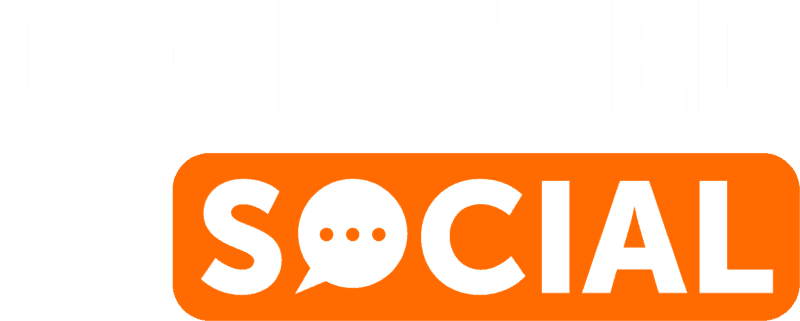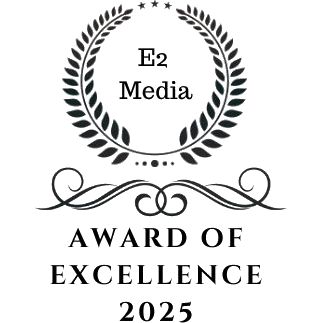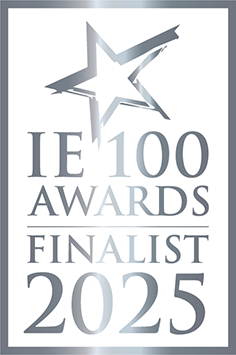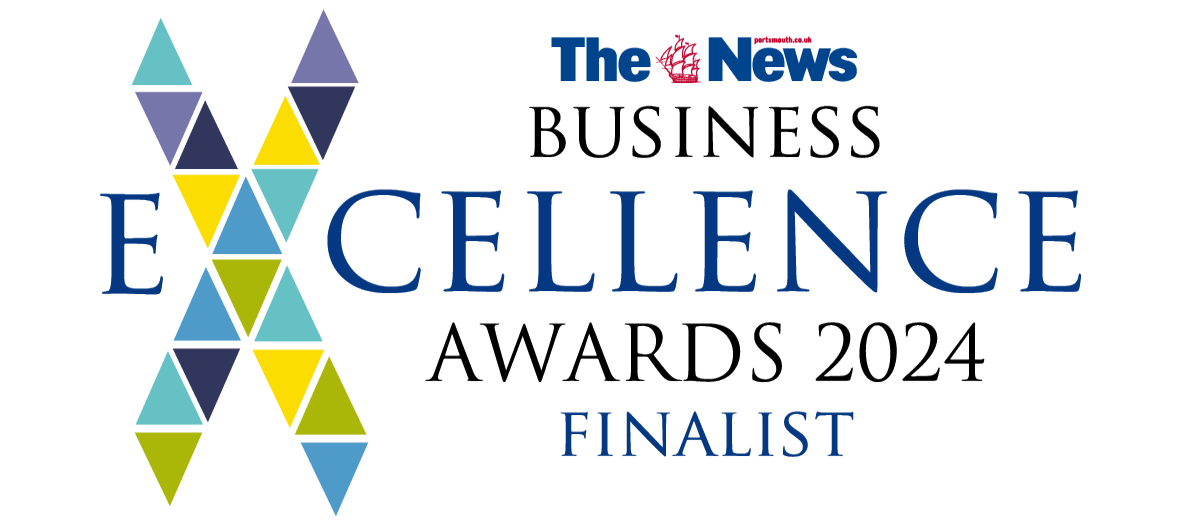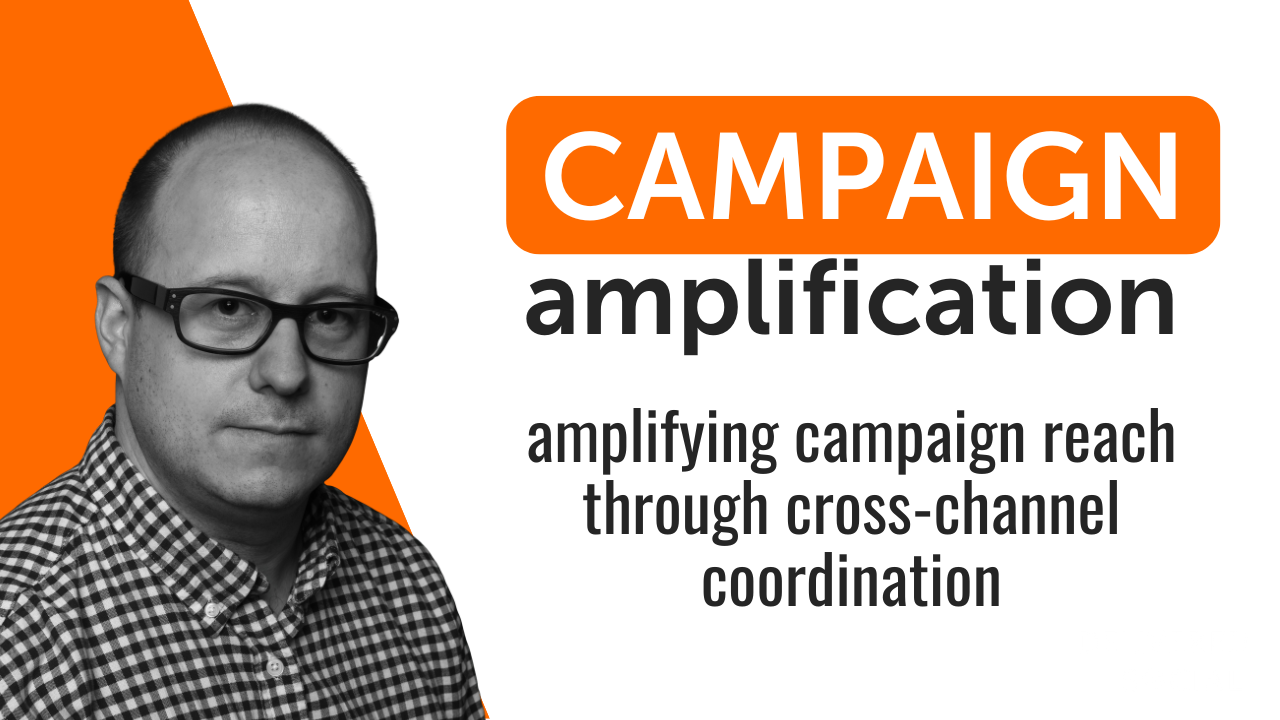
In an increasingly fragmented digital landscape, simply showing up on one platform is no longer enough. Consumers engage with brands across a range of touchpoints—social media, email, search engines, mobile apps, websites, and more. To effectively reach and resonate with today’s audience, businesses must take a coordinated approach that spans multiple channels. That’s where cross-channel coordination comes into play.
Cross-channel coordination involves aligning messaging, creative elements, timing, and objectives across different marketing channels to create a consistent, cohesive experience for your audience. Rather than operating in silos, each channel works in tandem to support the larger campaign goal—whether that’s launching a new product, promoting an event, or driving seasonal sales.
This article explores how to amplify the reach of your campaigns by thoughtfully coordinating your efforts across platforms. We’ll break down the benefits of a cross-channel strategy, walk through practical examples, and offer insights on how to integrate various marketing tools for maximum impact.
Why a Single-Channel Approach Falls Short
Consumers don’t follow a linear path when making decisions. A single person may see your Instagram post in the morning, get retargeted on Facebook that afternoon, open an email the next day, and finally make a purchase after searching your brand name online. If your messaging is disjointed across these touchpoints, it creates confusion—or worse, weakens your brand.
On the other hand, when your campaign is consistent across all channels, you reinforce your message, build trust, and increase the likelihood of conversion. This is especially important during high-stakes campaigns, such as product launches, holiday promotions, or brand reintroductions.
The key is not just being present across platforms, but being coordinated in how you show up.
Laying the Foundation: Messaging and Goals
Before launching any cross-channel campaign, start with a clear foundation:
- Define your campaign objective: Are you driving signups, sales, awareness, or engagement?
- Identify your target audience: Who are you trying to reach, and what platforms do they use?
- Clarify your core message: What is the main takeaway you want your audience to remember?
- Establish your call to action: What specific action do you want users to take?
Once these elements are defined, they become the blueprint for the rest of your campaign.
The Role of Email Marketing in a Cross-Channel Strategy
While social media and paid ads tend to dominate conversations around campaign reach, email marketing remains one of the most effective tools in your digital toolbox. It offers direct access to your audience without algorithms getting in the way, and it’s uniquely positioned to support cross-channel efforts.
Here’s how email marketing can enhance your overall campaign:
- Reinforce campaign messaging: Use email to reiterate the core messages your audience sees on social media or in ads.
- Deliver exclusive content or offers: Give subscribers early access or VIP perks tied to the campaign.
- Drive traffic to other platforms: Encourage email readers to engage with your content on Instagram, TikTok, or YouTube.
- Nurture post-click engagement: Follow up with tailored messages after a user clicks through to your site or signs up for an event.
Because subscribers have already opted into communication from your brand, they’re among your most valuable assets—and email is your direct line to them.
Moreover, email marketing provides valuable data for refining your campaign. Open rates, click-through rates, and user behavior offer insight into what’s resonating and where improvements are needed.
Key Channels to Coordinate
Let’s explore how to bring your channels together under one cohesive campaign umbrella.
1. Social Media
Social media is where your campaign comes to life in a dynamic, shareable format. Use these platforms to build anticipation, engage with users, and spark conversation.
To coordinate social media with other channels:
- Use a consistent hashtag across platforms.
- Create shareable graphics that echo your campaign theme.
- Schedule posts to align with email sends and ad launches.
- Encourage user-generated content that aligns with the campaign message.
2. Paid Ads (Social and Search)
Paid advertising offers precision targeting and scalability. Whether you’re boosting Instagram posts or running Google Display ads, your paid efforts should echo the same tone, visuals, and offer featured in your other content.
Tips for alignment:
- Use the same color palette and headline phrases across ads and emails.
- Retarget ad viewers with email campaigns when possible.
- Segment ad audiences based on previous interactions (e.g., cart abandoners or email openers).
3. Website and Landing Pages
Your owned website should reflect the broader campaign with dedicated landing pages, banners, or pop-ups.
Optimize your site for consistency by:
- Featuring the same creative elements as your emails and ads.
- Ensuring the campaign’s call to action is front and center.
- Using unified messaging that ties back to the rest of the campaign.
Your site often becomes the final decision-making point—so everything leading up to it should point customers in the same direction.
4. SMS and Mobile Notifications
For mobile-savvy audiences, SMS and app notifications can boost urgency and offer a personal touch. They’re ideal for flash sales, limited-time drops, or important campaign milestones.
To coordinate effectively:
- Send SMS alerts alongside email reminders for product releases.
- Use mobile notifications to re-engage users who interacted with your email but didn’t convert.
- Include short, actionable messaging that matches the email subject line or social caption.
5. Content Marketing
Your blog, video content, or podcast can play a central role in long-form storytelling or campaign education.
Content pieces can:
- Dive deeper into the campaign theme
- Highlight customer stories or testimonials
- Provide “how-to” guides for using or experiencing your product
Link to these assets in your emails, promote them on social media, and feature them in your digital ads for full-circle visibility.
Aligning Timing and Cadence
Timing is a crucial part of cross-channel coordination. Even the best content can fall flat if delivered too early—or too late. Use an editorial calendar or campaign timeline to map out key dates, deadlines, and content drops across all platforms.
When planning timing:
- Stagger major touchpoints for sustained attention (e.g., teaser on Monday, email on Wednesday, launch on Friday).
- Ensure promotions or discount periods are consistent across channels.
- Schedule follow-ups that coincide with user behavior (e.g., re-emailing users who clicked but didn’t purchase).
Keep all team members—from content creators to designers to social media managers—on the same page with a central campaign calendar.
Measurement and Optimization
To determine the success of your cross-channel campaign, establish a core set of KPIs aligned with your objective. These could include:
- Reach and impressions
- Click-through rates
- Email open rates
- Social engagement
- Conversion rates
- Revenue attribution
Beyond individual metrics, track cross-platform interactions. For example:
- How many people clicked from an email and later purchased via retargeted ad?
- How does engagement vary between channels?
- Which channel generated the most first-touch or last-touch conversions?
These insights help you adjust your strategy, reallocate your budget, or test new tactics for the next campaign.
Tools That Support Cross-Channel Execution
Several tools make it easier to coordinate campaigns and unify your customer journey:
- Email marketing platforms like Mailchimp, Klaviyo, or Brevo for automated campaigns and segmentation.
- Social media schedulers like Buffer or Later for post planning and consistency.
- Analytics platforms like Google Analytics and Meta Pixel for tracking and attribution.
- CRM systems to centralize user data and personalize communication across channels.
- Project management tools like Trello, Notion, or ClickUp for team collaboration and scheduling.
Choose tools that integrate well with each other to streamline your workflow and reduce duplicate effort.
Final Thoughts
Cross-channel coordination isn’t just about duplicating the same content across platforms. It’s about creating a synchronized, cohesive campaign that feels familiar no matter where your audience encounters it. By thoughtfully aligning your efforts—from visuals and messaging to timing and tracking—you can multiply your reach and boost the impact of every campaign you run.
Incorporating tools like email marketing, social media, paid advertising, and SMS into a unified strategy ensures no opportunity is missed. When each part of your campaign supports the others, the result is a seamless experience that keeps your brand top-of-mind—and drives real results.
Interested In Working Together?
Introducing Delivered Social. We’re The Most-Rated Digital Agency In Surrey & Hampshire – We’ve Got To Be Doing Something Right.
Delivered Social is a digital marketing agency with one mission—to help businesses grow. We’re famous in Guildford and Portsmouth for our social clinics. We believe in free advice. We build lasting relationships because our team prides itself on being helpful, which our clients appreciate.
If you are looking for a new website or an agency to manage your social media presence, we can help.
If you need something slightly different, here's a super handy list of all our services, or you can always email us.




